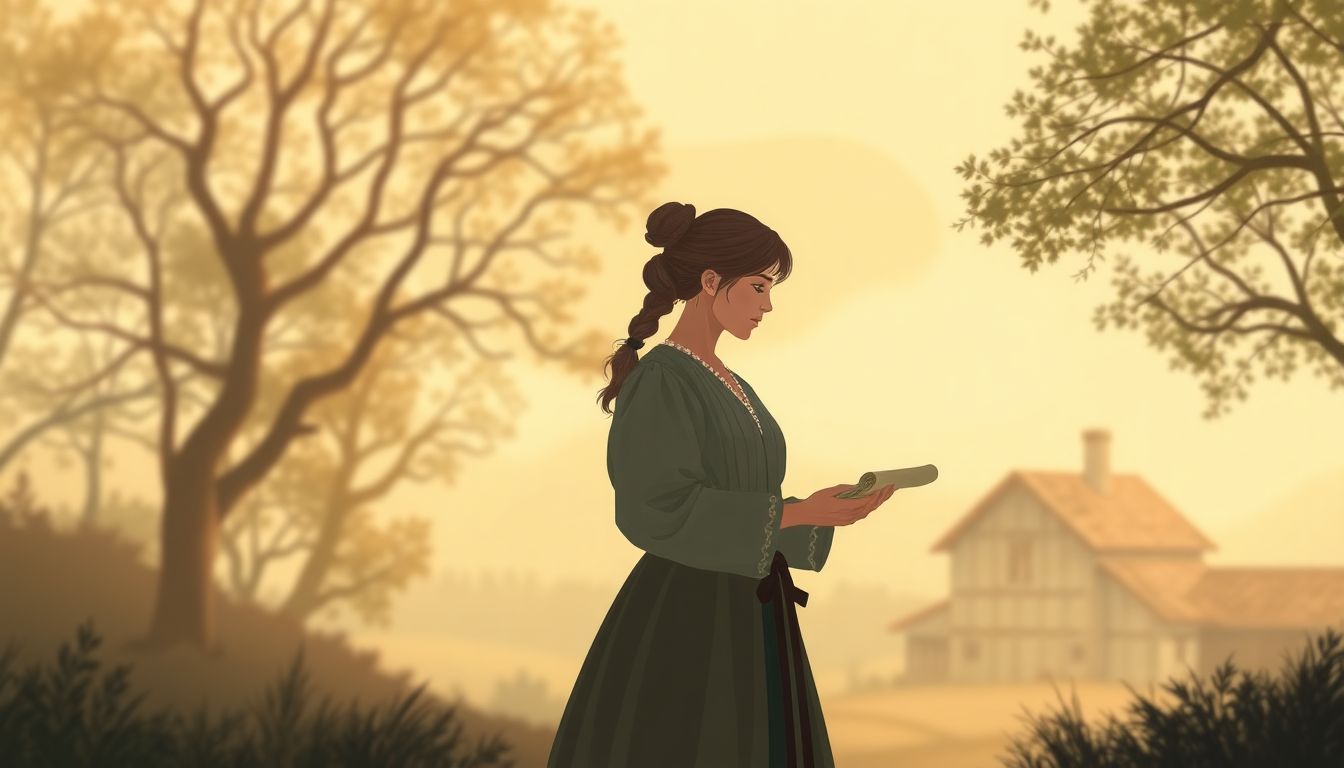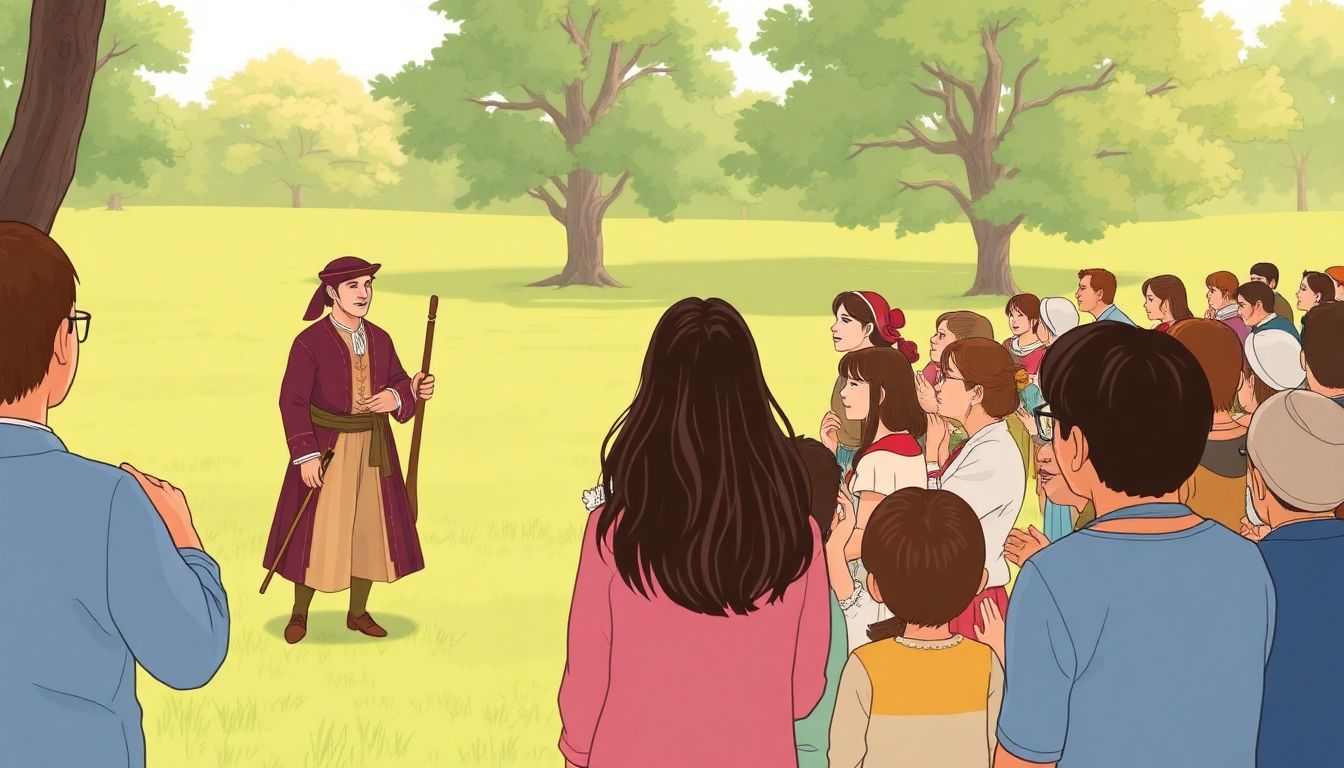Are you feeling overwhelmed by the thought of planning a historical reenactment project? You’re not alone! Many enthusiasts struggle with finding the right resources and inspiration to bring history to life. It can be a daunting task, but it doesn’t have to be!
If you stick around, I promise you’ll discover some fantastic prompts that will make your project not just manageable, but truly exciting. With a little help from ChatGPT, you’ll be equipped to create authentic characters, compelling scripts, and even spot-on costumes, all while engaging your audience like a pro.
We’ll dive into how to unleash AI’s potential in researching historical events, crafting dialogues, and setting up immersive experiences. Get ready to transform your reenactment idea into something extraordinary!
Key Takeaways
- Use ChatGPT prompts to inspire your historical reenactment projects and spark creativity.
- Craft engaging characters by focusing on their backstories, motivations, and dialogues.
- Research historical events thoroughly to present an accurate portrayal.
- Develop compelling scripts and dialogues to bring your characters to life.
- Plan costumes and props carefully for authenticity and immersion.
- Create interactive displays and exhibits to enhance audience engagement.
- Set up historically accurate camps to enrich the immersive experience.
- Incorporate authentic sounds and music to create a memorable atmosphere.

Top ChatGPT Prompts for Historical Reenactment Projects
If you’re diving into historical reenactments, having the right prompts for ChatGPT can spark creativity and generate ideas.
Here are some prompts to get you started:
- “Generate a list of engaging historical themes for a reenactment event.”
- “Provide detailed character backstories for figures from the [insert specific historical period].”
- “Suggest interactive activities that involve the audience during a historical reenactment.”
- “What are some unique ways to present a little-known historical event?”
- “Compile a list of famous speeches from history that can be reenacted.”
Creating Characters for Historical Reenactments
Creating authentic characters is vital for any historical reenactment.
Start by choosing a historical figure or developing an original character based on real events.
Consider the character’s background, motivations, and personality traits to make them relatable.
Here are some prompts to guide your character creation:
- “Describe the personality traits and backstory of [insert historical figure].”
- “What challenges did [insert character name] face during their lifetime?”
- “Create a dialogue exchange between [character A] and [character B] set during [historical event].”
- “List the typical clothing and societal norms influencing [character name]’s life.”
Using these prompts, you can craft characters that resonate with both the actors and the audience.
Researching Historical Events with ChatGPT
Proper research is the backbone of any reenactment.
ChatGPT can help you analyze historical events and gather the context needed for accurate portrayal.
Utilize these prompts for effective research:
- “Summarize the key events leading up to [specific event].”
- “List primary sources and research materials for learning about [historical topic].”
- “Explain the significance of [historical figure] in [event].”
- “Provide a timeline of events surrounding [specific event or period].”
By asking these questions, you can create a well-rounded view of the past that enhances your reenactment projects.
Developing Scripts and Dialogues for Scenes
Scripts bring your historical characters to life and provide structure to your reenactment.
Creating authentic dialogue is crucial for engaging the audience and conveying the story.
Here are some practical prompts to assist in script development:
- “Write a short script based on the events of [historical event].”
- “Generate dialogue options for a conversation between [character A] and [character B].”
- “Analyze the historical context of [specific event] and suggest how it could be portrayed in a scene.”
- “Outline a dramatic structure for a reenactment scene involving [historical figures or events].”
By utilizing these prompts, you can craft scripts that are not only engaging but also historically accurate.

Planning Costumes and Props Using AI
Costumes and props are essential for immersing attendees in the historical experience.
They must reflect the correct period, style, and social status of the characters being portrayed.
To effectively plan costumes and props, consider utilizing these prompts:
- “List the essential costume elements for [insert specific historical period or event].”
- “Suggest resources for sourcing authentic props for a [insert historical theme] reenactment.”
- “What were the typical fabrics and materials used for clothing in [historical period]?”
- “Create a timeline for costume fitting and alterations leading up to the event.”
By using these prompts, you can create a detailed plan for your costumes and props, ensuring accuracy and creativity.
Generating Ideas for Historical Displays and Exhibits
Historical displays and exhibits can enhance the storytelling aspect of reenactments.
They engage the audience and provide context for the events being reenacted.
Here are some prompts to help you brainstorm display ideas:
- “Propose interactive display elements for a [insert historical event] exhibit.”
- “List key artifacts to include in a display about [specific historical topic].”
- “What are some creative ways to visually represent [historical event]?”
- “Suggest themes for educational exhibits that can accompany a reenactment event.”
These prompts can assist in crafting a captivating exhibit that complements your reenactment.
Getting Tips on Setting Up Historical Camps
Setting up a historical camp requires attention to detail and authenticity.
A well-organized campsite enhances the immersive experience for both reenactors and visitors.
Here are some practical tips to keep in mind:
- “Outline the essential gear needed for a reenactor’s camp during [historical period].”
- “Suggest layouts for a historically accurate campsite related to [specific event].”
- “What cooking techniques were commonly used in [historical period]?”
- “List safety considerations when setting up camps for historical reenactments.”
Implementing these strategies will help ensure a successful and authentic camp setup.
Finding Resources for Authentic Historical Sounds and Music
Sound and music can dramatically enhance the atmosphere of a historical reenactment.
Incorporating authentic audio elements will engage the audience and create a memorable experience.
To find suitable resources, consider using these prompts:
- “Identify the types of music popular during [historical period] and how to source them.”
- “Compile a list of sound effects that would enhance a [specific historical event] reenactment.”
- “What licensing considerations should be taken into account when using historical music?”
- “Suggest ways to curate a soundscape for a historical camp setting.”
With these prompts, you can effectively incorporate sound and music into your reenactment for a richer experience.

Engaging with the Audience During Reenactments
Engagement with the audience is key to a successful historical reenactment.
Being interactive can leave a lasting impression on visitors and deepen their understanding of history.
Here are some useful prompts for audience engagement:
- “Suggest ways to involve the audience in key scenes during the reenactment.”
- “How can actors effectively break the fourth wall to connect with spectators?”
- “List fun and educational group activities for the audience at a reenactment.”
- “What methods can be used to gather feedback from attendees after the event?”
Utilizing these strategies can create a richer experience for everyone involved.
Using ChatGPT for Promotion and Marketing of Events
Marketing your historical reenactment event effectively can greatly increase attendance.
Using AI tools like ChatGPT can streamline promotional efforts and enhance outreach.
Here are some impactful prompts for event marketing:
- “Draft a compelling press release for a historical reenactment event.”
- “Create an engaging social media post that highlights the unique aspects of the event.”
- “Suggest email marketing content to attract volunteers and participants for the reenactment.”
- “Develop a list of potential partners or local businesses to collaborate with for promoting the event.”
By applying these prompts, you can effectively spread the word about your event.
Evaluating Historical Accuracy with AI Assistance
Ensuring historical accuracy is crucial to maintaining credibility in reenactments.
ChatGPT can assist in verifying facts and analyzing narratives surrounding historical events.
Consider these prompts to evaluate historical accuracy:
- “List reliable sources for verifying historical claims related to [specific event].”
- “Summarize the differing interpretations of [historical event] and their implications.”
- “What steps can be taken to cross-reference multiple historical accounts for accuracy?”
- “Identify key biases that may arise in historical narratives about [specific era or figure].”
By integrating these methods, your reenactment will be both educational and authentic.
FAQs
Effective prompts include asking ChatGPT for character backgrounds, motivations, and relationships based on historical context. You can also request specific traits or professions relevant to the era you’re reenacting.
To ensure accuracy, cross-reference ChatGPT’s information with credible historical sources such as academic articles, books, and museum databases. Use specific prompts to direct ChatGPT towards reliable details about the events.
ChatGPT can help craft engaging social media posts, press releases, and newsletters. You can request ideas for catchy slogans, hashtags, and visual content to attract a larger audience to your reenactment events.
Ask ChatGPT for descriptions of period-specific clothing, materials, and styles. It’s also useful for sourcing DIY instructions and recommendations for where to find authentic-looking props based on historical accuracy.
